Piston Slap: The Wheel That Won't Budge

Matt writes:
Hey Sajeev. Looking for your wisdom, or perhaps that of the B&B. I’ve got a 2005 Hyundai Elantra with about 50k miles. Back around 40k, we had new tires put on it at Sears. Now I want to rotate the tires (yes, I know, I should have done this a while ago), but when I got to the very last wheel, I ran into a roadblock. The rear right wheel is fused to the hub! It seems to be rusted on. Poking around a few forums online, I got a couple of ideas:
- WD-40
- WD-40 and let it sit a while
- Solid whack with a rubber mallet on the driving surface of the tire
- Place some wood over the steel wheel and hit it with a hammer, rotating the wood around the tire so as not to damage the wheel
- Loosen the lug nuts, drive it back and forth a few feet
None of this worked, and now I’m at a loss for what to do next. I tried those things about a month ago, and haven’t taken any further action. I fear that the good people at Sears may not be equipped to properly address the issue and that said lack may not stop them from trying. I don’t have a mechanic I trust* and don’t have a relationship with the Hyundai dealer. In the meantime, the wheels are back to their original locations so that we don’t get any weird wear or tread issues.
Basically, I’d like some advice: is there another home remedy I can try, should I suck it up and pay the dealer, or give the tire store a shot? If the latter, do I mention it when I drop the vehicle off, or let them “discover” it on their own?
Thanks,
*I had a mechanic I thought I could trust. But after getting charged $400 to replace “stuck” hood hinges which I was later able to loosen up with some PB Blaster, I’ve moved on.
Sajeev answers:
You’ve done your homework, and done the basics. Which makes my job easier and far more entertaining. So remove most of the lug nuts–not all, that’s very important– on the Elantra and get it safely on jack stands, and let’s brainstorm.
Hint Whack the tire tread with a hammer, not a rubber mallet.
I’m not especially thrilled to do but then again, it might be better than kicking a tire on a raised vehicle resting on uneven pavement. No matter, this will be a great story to share with your family and friends! Good luck!
Send your queries to sajeev@thetruthaboutcars.com. Spare no details and ask for a speedy resolution if you’re in a hurry.

More by Sajeev Mehta
Latest Car Reviews
Read moreLatest Product Reviews
Read moreRecent Comments
- El scotto UH, more parking and a building that was designed for CAT 5 cable at the new place?
- Ajla Maybe drag radials? 🤔
- FreedMike Apparently this car, which doesn't comply to U.S. regs, is in Nogales, Mexico. What could possibly go wrong with this transaction?
- El scotto Under NAFTA II or the USMCA basically the US and Canada do all the designing, planning, and high tech work and high skilled work. Mexico does all the medium-skilled work.Your favorite vehicle that has an Assembled in Mexico label may actually cross the border several times. High tech stuff is installed in the US, medium tech stuff gets done in Mexico, then the vehicle goes back across the border for more high tech stuff the back to Mexico for some nuts n bolts stuff.All of the vehicle manufacturers pass parts and vehicles between factories and countries. It's thought out, it's planned, it's coordinated and they all do it.Northern Mexico consists of a few big towns controlled by a few families. Those families already have deals with Texan and American companies that can truck their products back and forth over the border. The Chinese are the last to show up at the party. They're getting the worst land, the worst factories, and the worst employees. All the good stuff and people have been taken care of in the above paragraph.Lastly, the Chinese will have to make their parts in Mexico or the US or Canada. If not, they have to pay tariffs. High tariffs. It's all for one and one for all under the USMCA.Now evil El Scotto is thinking of the fusion of Chinese and Mexican cuisine and some darn good beer.
- FreedMike I care SO deeply!
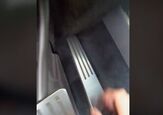


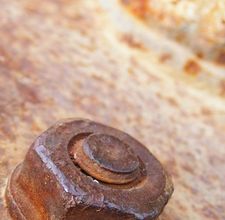











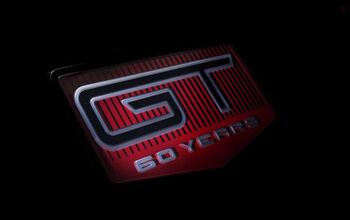



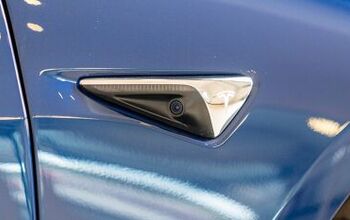

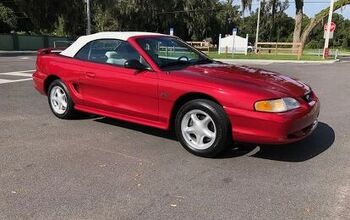
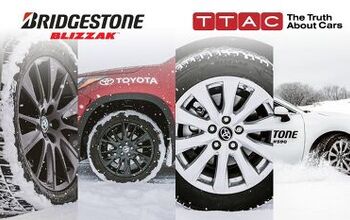
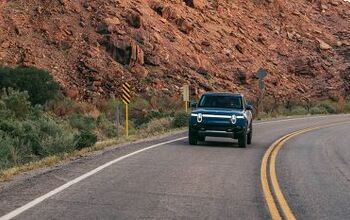



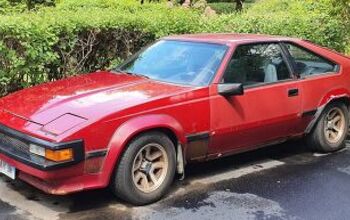
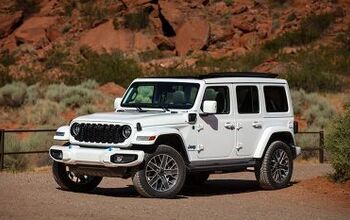
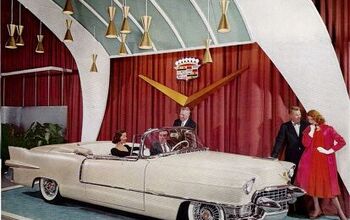



Comments
Join the conversation
After 31 years of driving in the snow and rust country of Vermont and upstate NY I can tell you that the only thing that sledgehammers and screaming around parking lots with the lug nuts loosened is good for is a trip to the ER or NAPA. Don't do it! Remember physics can be your friend or your enemy! My preferred method is treating the lugnuts with anti-seize lubricant the first time I rotate the tires and using the "blue wrench" if the wheel gets stuck to the hub. If the wheel and the hub are frozen as the OP described I get out my MAPP gas torch (MAPP is in the yellow cylinders) and heat the wheel near the hub to get it to expand. It usually takes a minute or two of heating, but it has always worked and I've never busted myself or the car.
I am the OP. Wow, you guys have given me a ton of options to consider - thanks! I think I'll try the PB Blaster next (couldn't find any at the time I wrote this question to Sajeev; my buddy has a can kicking around though). After that, some low-speed figure-8s in a nearby parking lot. A few commentors seemed off-track: it's not the lugs/lug nuts that are stuck -- it's the entire wheel. I can remove all 4 lug nuts easily, but the wheel just stays put.